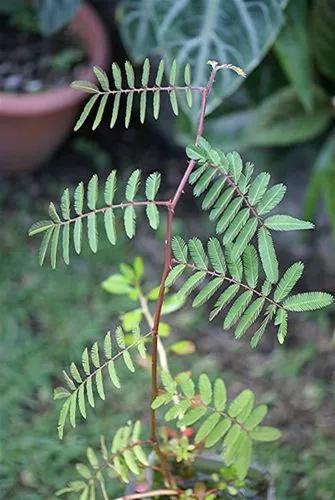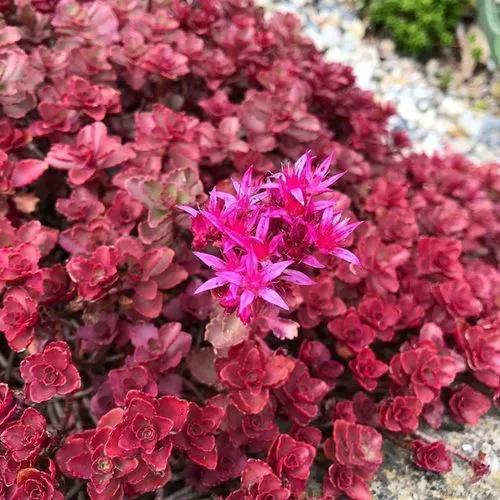Heliotropium europaeum is a species of heliotrope known by the common names European heliotrope and European turn-sole.It is native to Europe, Asia, and North Africa, but it is widely naturalized elsewhere, such as in Australia and North America. It grows as a roadside weed in some places. This is an annual herb growing from a taproot and reaching maximum heights near 40 centimeters. The stem and oval-shaped leaves are covered in soft hairs. The inflorescences are coiled spikes of white flowers with fuzzy or bristly sepals. Each flower is just a few millimeters wide. The fruit is a bumpy nutlet.
European Turn-Sole Care
Heliotropium europaeum



Annual. Stems up to 60 cm, usually erect or ascending. Petiolate leaves with a plate (20-) 40-60 (-70) x (10-) 20-30 (-45) mm, ovate, oblong, elliptical or slightly rhombic. Inflorescence up to 18 cm in fruiting. Corolla 2-3.5 mm, white. Nuts 0.8-2 x 1.2-1.5 mm, with stiff hairs. Flowers and fruits from March to November.
Habitat:terrestrial.New England state :Massachusetts.Flower petal color:white.Leaf type:the leaves are simple (i.e., lobed or unlobed but not separated into leaflets).Leaf arrangement:
alternate: there is one leaf per node along the stem.Leaf blade edges:the edge of the leaf blade has teeththe edge of the leaf blade is entire (has no teeth or lobes).Flower symmetry:there are two or more ways to evenly divide the flower (the flower is radially symmetrical).Number of sepals, petals or tepals:there are five petals, sepals, or tepals in the flower.Fusion of sepals and petals:
the petals or the sepals are fused into a cup or tube.Stamen number:5. Fruit type (general):the fruit is dry but does not split open when ripe.Fruit length:1.5–3 mm.
This plant might be poisonous. Invasive in Western Australia.
How to Care for the Plant

Popularity

227 people already have this plant 36 people have added this plant to their wishlists
Discover more plants with the list below
Popular articles






